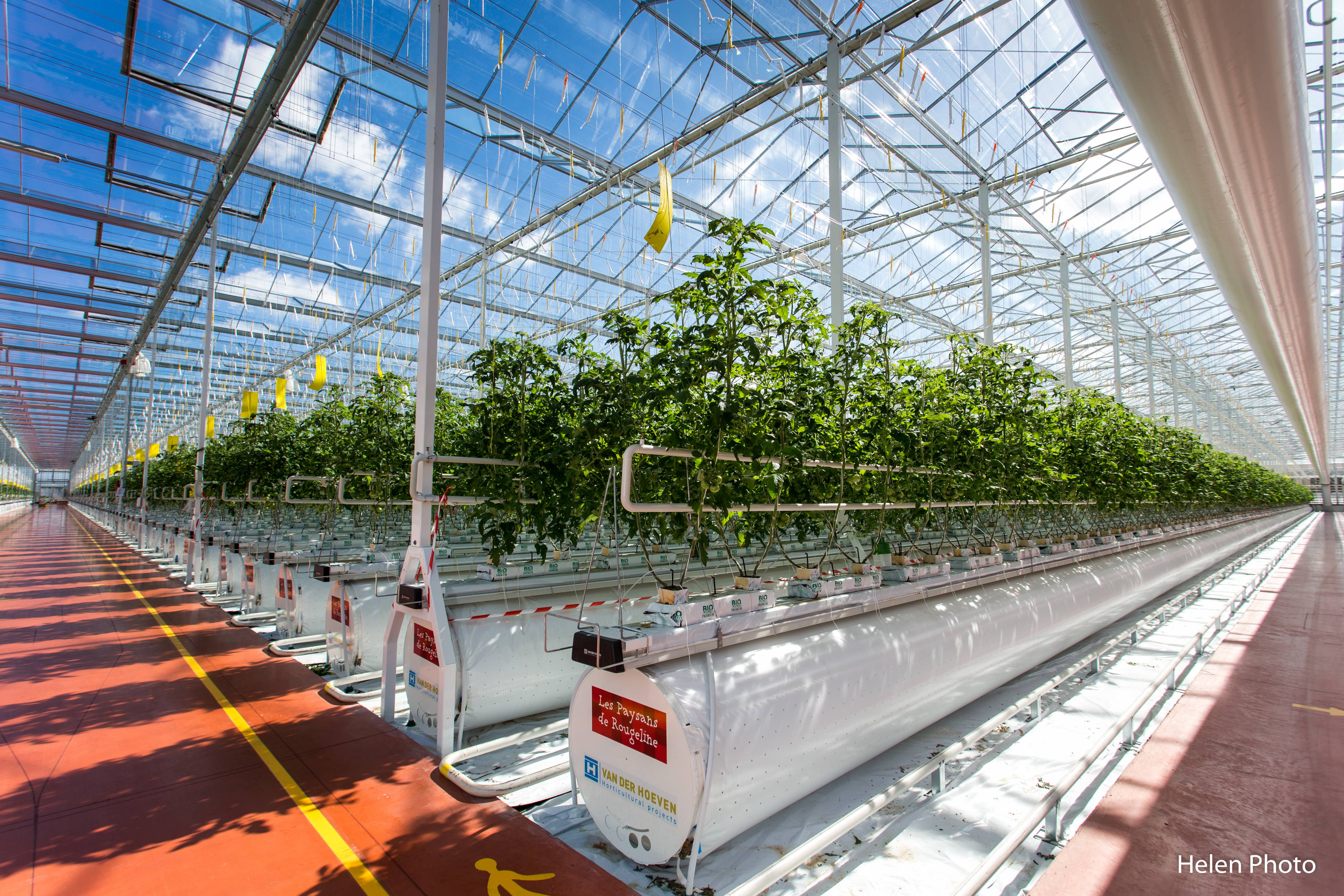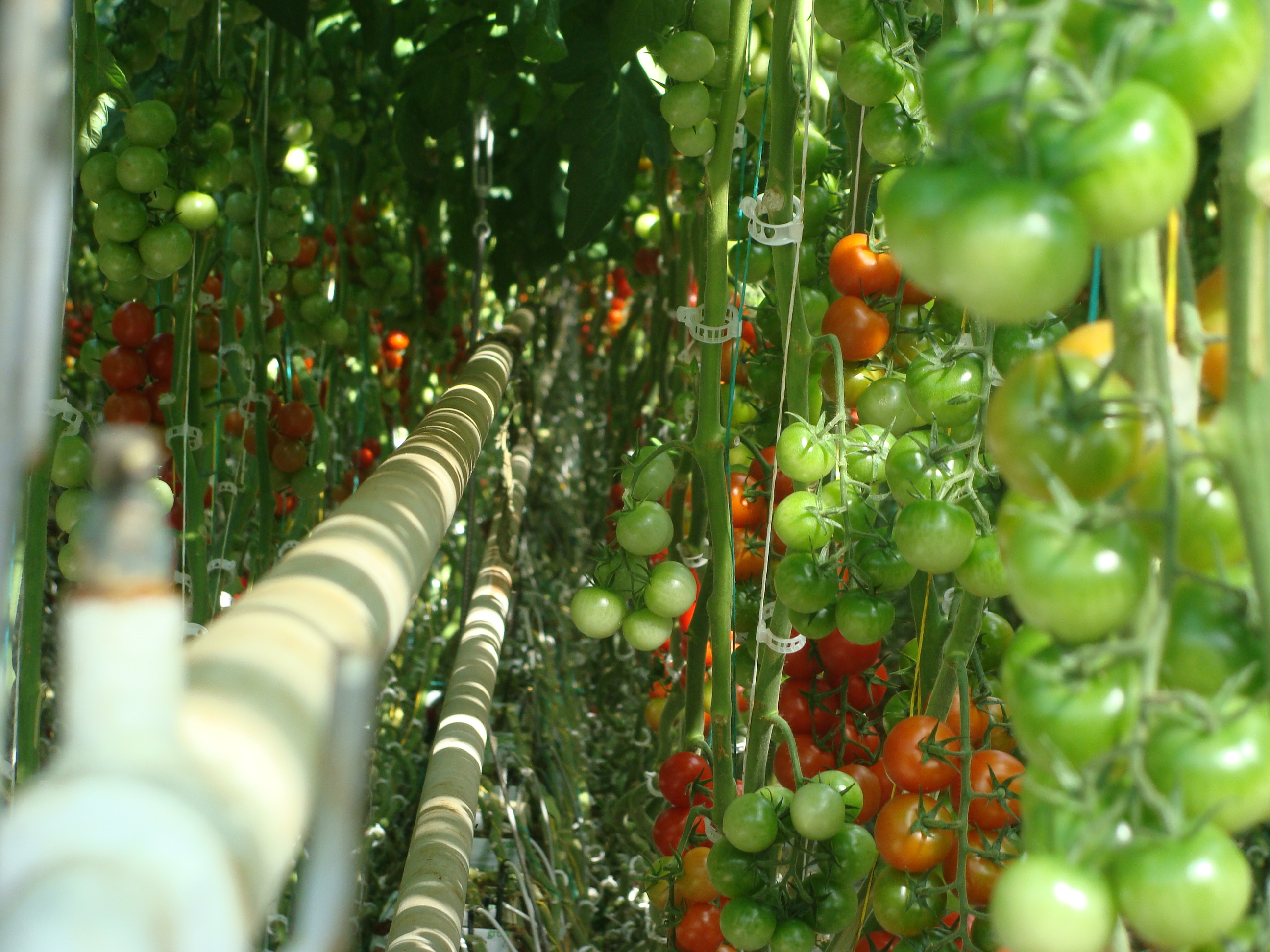
The Paris Agreement is clear. We must limit the global temperature rise to well below 2C – striving for 1.5C – above pre-industrial levels to avoid the worst impacts of climate change.
For that to happen, global emissions need to peak and then rapidly fall to zero. Failing to do so will lead us into uncharted territory, with far-reaching consequences for our economy and societies around the world. Achieving this goal, however, will bring a multitude of benefits for both people and planet. But what does this transition mean for the oil and gas industry?
We spoke to Anthony Marino, President and CEO at international oil and gas producer Vermilion Energy Inc., to find out more about how the company is tackling the energy transition.

The extraction and burning of fossil fuels goes intrinsically against the vision set by the Paris Agreement, with scientists warning that vast swathes of fossil fuels must be left in the ground if we hope to hold the global temperature rise below dangerous levels. This means that the oil and gas industry must evolve beyond “business as usual” practices.
As Marino acknowledges, “there has to be an energy transition, and Vermilion will be a part of that energy transition.”
In 2017, CDP data found that just 100 companies – all energy producers – were linked to some 70% of global greenhouse gas emissions through their operations and their products. Fighting climate change therefore depends on these producers, and the fossil fuel sector they represent, including the oil and gas industry, to actively contribute to solutions.
To survive in a climate-constrained world, oil and gas producers such as Vermilion will have to embrace the move toward low carbon. But as Marino says, the company is also aware that “oil and gas consumption is going to continue for some period of time, and therefore oil and gas is going to be produced during the energy transition. Concerned investors, citizens, communities and governments should turn to best-in-class producers during this period.”
So how does the company reconcile these two realities?
Vermilion’s approach to the transition to sustainability
First, the company is diversifying its portfolio, exploring the renewable energy that is most closely related to its expertise in areas such as geoscience and drilling techniques: geothermal energy.
Headquartered in Alberta, Canada, Vermilion has close to 1,100 staff and operations in North America, Europe and Australia. Many of Vermilion’s locations already use renewable energy, such as solar power, within their operations to improve energy and emissions performance. However, the company has also implemented successful geothermal energy projects to provide heat to agricultural and residential sectors.
Vermilion estimates that its two geothermal projects already in production transferred 61,500 MWh of energy in the form of heat in 2018. In France, for example, tomato producer Tom d’Aqui’s 15 hectares of greenhouses use the heat from Vermilion’s operations to create an eco-friendly environment in which to grow some 7,500 tonnes of tomatoes on the vine annually. This project has reduced carbon dioxide emissions by 10,000 tonnes per year, while also supporting 250 local jobs. Vermilion and its partners were recognized by the French Ministry of Ecology, Sustainable Development and Energy with its Circular Economy Award for Industrial and Regional Ecology for this project, which also provided the catalyst for a sustainable and growing industry in a semi-rural region in need of economic investment.

Vermilion is using a similar concept to support an eco-neighborhood in La-Teste, France. The 30-year development uses recycled geothermal energy to provide 80% of the heat for 550 apartments, 30% of which are reserved for social housing. It is estimated the project will save 500 tonnes of CO2 annually and reduce heating costs by 50% for residents.
A key component of both projects is using oil and gas infrastructure in partnership with communities to produce sustainable, green power locally. It also contributes to the United Nations’ Sustainable Development Goal 7: Affordable and Clean Energy, which Vermilion uses as part of its sustainability strategy.
Marino says the company is also “assessing and developing projects to apply our experience in accessing geothermal potential in other areas of our business.” Two more projects are already in the engineering and planning phases. These include an agreement with the community of Itteville, France to provide geothermal heat to an eco-district focused on social housing, and a pilot project in the Netherlands to convert a depleted gas operation into geothermal heating for a nearby industrial agriculture complex.
Second, Vermilion’s goal within its continued oil and gas operations is to be “best-in-class […] while the transition to the low carbon economy takes place”. For this, Marino says CDP’s disclosure process has been fundamental.
“Once you measure your performance and identify a set of targets, you create the conditions to achieve them. Then you have to set a higher and higher bar all the time to continue to deliver for your shareholders. You deliver, and then you set more aggressive targets. It’s a feedback loop, and CDP has been instrumental in that because it’s such a quantitative, objective measure of how we are doing,” he says.
In 2014, the company set an absolute target to reduce its scope 1 emissions in a newly acquired asset (representing approximately a third of the new asset’s total emissions) by 50% by 2020, based on 2014 levels. Vermilion has already exceeded this target, reducing emissions by 78% by the end of 2017, and reducing full-year emissions from 194,000 tCO2e to just 42,000 tCO2e, thanks to the emission reduction activities put in place. Vermilion sees the largest CO2 reduction potential within its Scope 1 emission portfolio, but has set a target for Scope 2 emissions associated with green energy acquisition, and is in the process of assessing segments of its Scope 3 value chain where targets could be set.
“Our emissions can’t help but go up on an absolute basis as we take over operations that have a higher emissions profile than the average that exists in our portfolio,” explains Marino. “Those assets we take over were previously in production with less efficient and less emissions-conscious companies, and once we take them over, we substantially reduce emissions.” Though absolute emissions have grown as the company has expanded its market share over the years, Vermilion’s emissions reduction activities have contributed to reductions in emission intensity on a production basis.
“We work to implement emission reductions through more efficient machines that reduce the fossil fuels used in the production process, management of fugitive emissions, reduction of spills, and reduction of water use,” says Marino. For example, the company has replaced carbon-intensive fuels such as diesel with natural gas, to reduce the carbon intensity of its operations.
As with many companies that operate oil and gas production assets, flaring is also an important issue for Vermilion. While it is required in rare cases, close management is key to limit the volume of CO2 released. Gas flaring is believed to release nearly 400 Mt of CO2 globally per year.
Marino explains how the company aims to reduce flaring either by using technology to achieve a more complete combustion or by finding ways to use the gas that would otherwise be flared, to meet a portion of Vermilion’s or the general market’s needs. For example, he says that by replacing incinerator technology in Parentis-en-Born, France with a technology that operates at higher temperatures and combusts the gas in a taller stack, “significantly more of the gas is incinerated, reducing the fugitive emissions of methane and other hydrocarbons.”
The business case for climate action
Reducing its emission intensity is vital for the company’s aims to reduce its environmental impact and to grow financial returns.
“As you reduce emissions, you are spending less to produce energy,” says Marino. He believes sustainability is not only about doing the right thing for the planet; it is also about doing what is best for your business. “In the long run, inaction can negatively impact businesses in the form of climate change.”
With the global community becoming ever more aware of the threats of climate change, Vermilion understands that its stakeholders and shareholders want to see increasing action.
“Good sustainability performance says a lot about a company to investors, demonstrating the way it comprehensively does its business, looking after all the external impacts it may have on the broader group of stakeholders,” says Marino. “We’re seeing more and more interest from our shareholders and investors to address these topics.”
Aligning with a Paris-compliant future
Aligning its emission levels with the goals set by the Paris Agreement is a grand challenge for a company such as Vermilion, but one it intends to achieve through a comprehensive, global emissions management program.
“We’ve been assessing the organization’s ability to set a science-based target – a target in line with the goals set by the Paris Agreement – as part of the pathway toward decarbonization,” says Marino.
The need for this work has never been more evident. Released in October last year, the Intergovernmental Panel on Climate Change’s Special Report on 1.5C gave an unmistakable warning of what is at stake if global warming is not limited to the lowest levels possible. The Global Climate Action Summit in September 2018, meanwhile, was a clear show from the corporate world that it is already leading the low-carbon transition.
As suppliers of products that are the source of significant emissions, oil and gas companies need to secure their long-term prosperity by aligning themselves with a climate-safe future. The Science-Based Targets initiative is currently developing a methodology tailored to the oil and gas sector, which will provide a pathway for companies to assess by how much and how quickly they need to reduce emissions in line with the Paris Agreement. In the meantime, Vermilion is working to ensure the company is positioned to take this ambitious step.
“Vermilion has many projects that are unique to our operations that will support setting targets in alignment with the SBT Initiative,” Marino says. “Identification of goals and targets is an important component of our corporate sustainability program. Our focus will be to assess the Science-Based Targets Initiative’s decarbonization pathway for oil and gas, to identify how and where we can set meaningful, resilient targets. Our focus is on effective metrics and real improvement.”
Addressing growing risk with collective action
The impacts of climate change are already felt across the globe. Unparalleled heatwaves, recurrent hurricanes, intense periods of drought, and frequent flooding are no longer an oddity, but part of our new and dangerous reality. As a sector, the oil and gas industry is undeniably vulnerable to this changing climate.
“Having both onshore and offshore operations across the world, we have some exposure to a higher number of potential weather events. This is the reason why we have a robust risk management process in place,” says Marino.
It comes as no surprise, then, that the company has invested in sustainability as a way to stand out within the industry. Vermilion also believes, however, that the energy transition cannot happen without collective action from oil and gas producers.
“We see our CDP scores and sustainability performance as an important competitive advantage, but we’re happy to share our knowledge with our competitors. We do this because it is the right thing to do and, additionally, because it’s an incentive for us to keep on improving our sustainability performance,” says Marino.
For example, Vermilion is a key participant in an energy industry sustainability working group in Alberta. Launched in 2013, the voluntary group aims to engender collective action towards the low-carbon transition.
“We understand that we’ve all got a role to play in sharing solutions, and when we get a collection of dedicated minds that are all working on this in different companies, it really allows us to find better solutions than perhaps we could find alone,” explains Marino.
Looking to the future
A green economy must be the ultimate goal – with renewables as the main actor. Vermilion already is a major purchaser of green power; in 2018, Vermilion disclosed that about 30% of its total purchased or acquired electricity came from renewable sources. But the company acknowledges that more needs to be done to achieve a full transition.
So what will Vermilion look like 30 years from now? While Marino says the company cannot be definitive in quantitative terms about the next three decades, he is confident the company’s “carbon intensiveness will continue to decrease in our existing operations and that a growing number of renewable energy projects will be incorporated into our natural gas operations over time, and that more of the energy used in our production processes will come from renewable sources.”
One thing is clear: with the stark warning from the IPCC that global emissions need to halve by 2030, and reduce to zero by 2050 for the best chance of holding off the worst impacts of climate change, Vermilion’s work to meet and increase its ambition will be vital not only for the planet but for its own future.
** In 2018, Vermilion scored an A- on climate change. Vermilion has yet to disclose in our report on water security, but intends to do so over the next year
